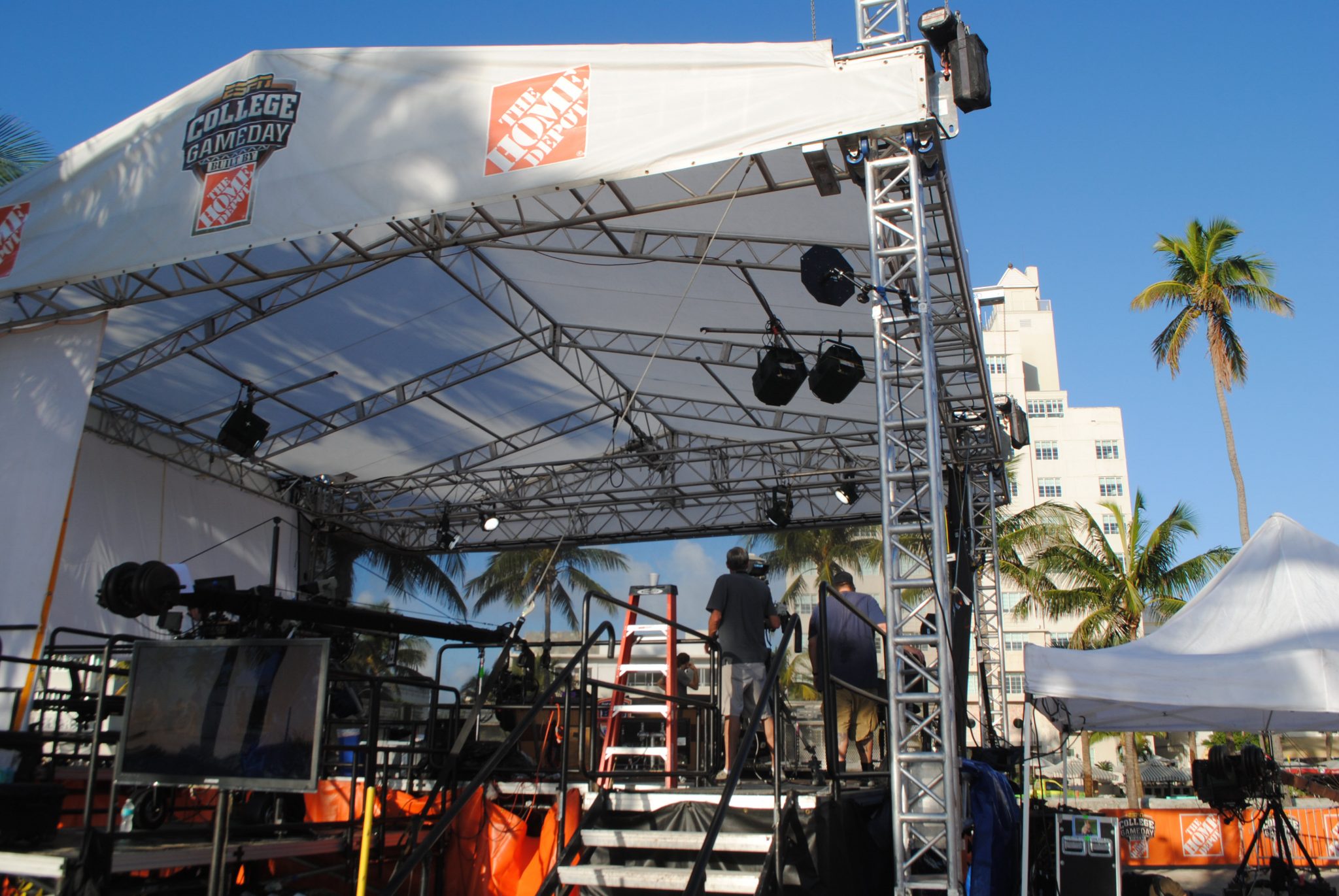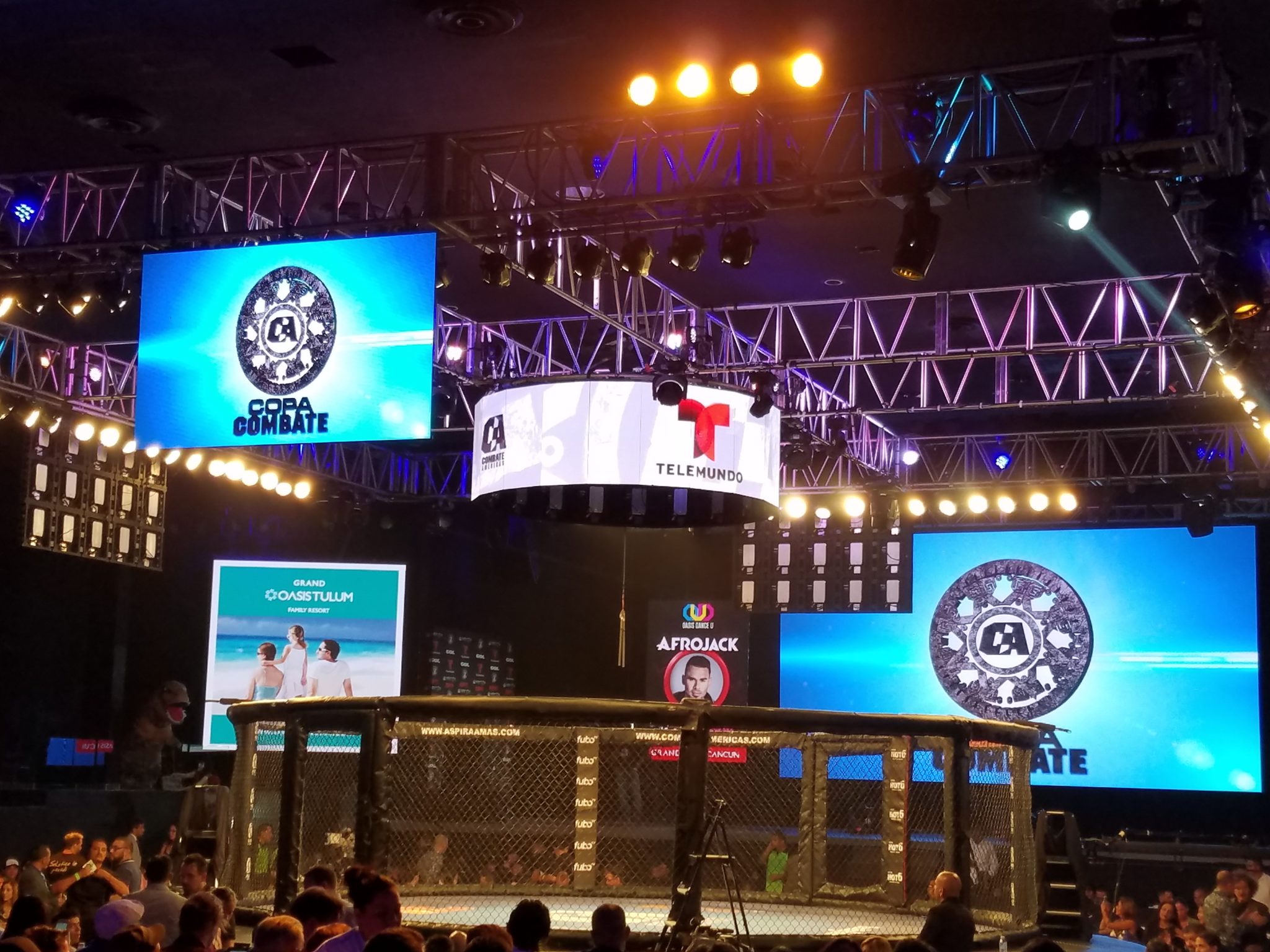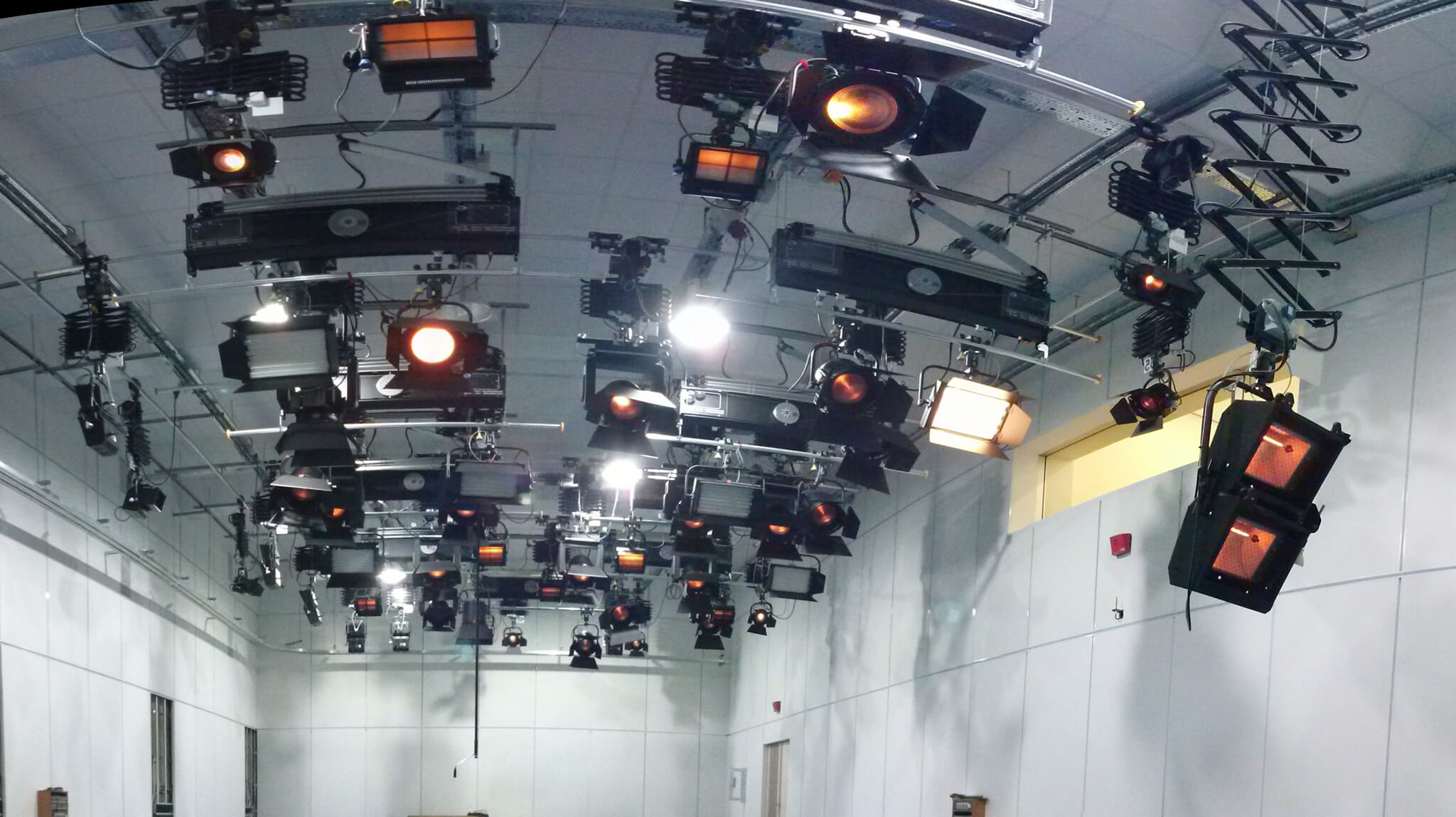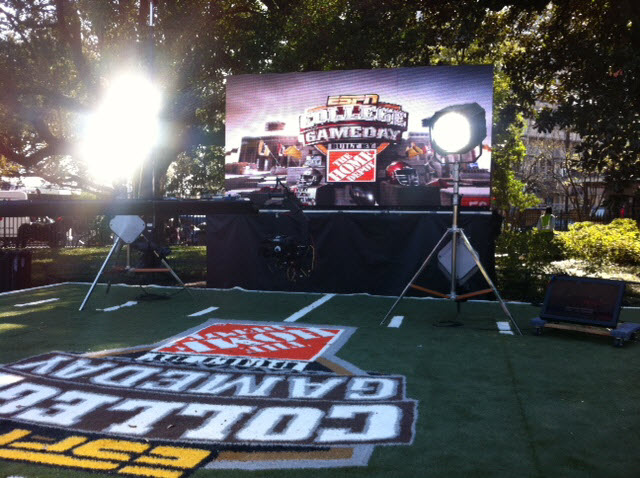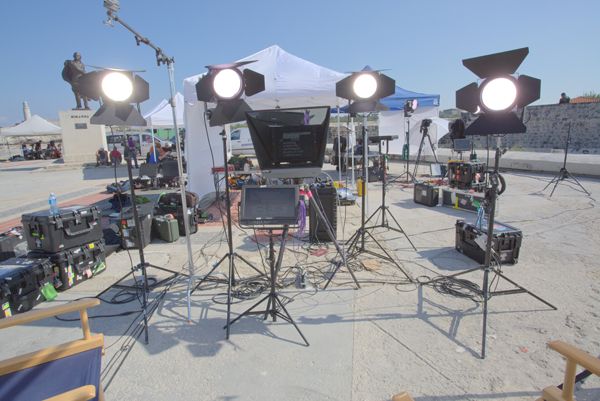The world-famous waterfalls of Niagara are a sight to behold any time of the day or year. But at night, they are simply magical as state-of-the-art illuminations give them an ethereal quality. On the Canadian-US border, the Bridal Veil Falls, the American Falls and the Horseshoe Falls throw as much as 170 million gallons of water from Lake Erie into Lake Ontario.
During the day, visitors don ponchos and enjoy the legendary Maid of the Mist boat tours, but at night the falls glow three times brighter than ever before, thanks to innovative, color changing lighting that has been designed to make the water look absolutely breathtaking.
With over 20 million visitors a year, the Falls are one of the largest tourist attractions in the area, and if you are planning a trip to see them, you should definitely stay to take in the light show.
Lighting Up Niagara Falls
The falls are illuminated throughout the year, to mark holidays and significant occasions. They are also lit in a range of colors to mark specific dates for charitable causes. Keeping the lights bright underneath such a huge amount of fast-flowing water has been a challenge for the designers at Niagara, but technological advances in lighting have meant that the illuminated falls are now more beautiful at night than ever before.
In 2016, almost 20 years since the last major investment in falls lighting, the existing Xenon lights were replaced. Now using new, energy efficient LED lighting technology, the falls are easily illuminated with programmable lighting effects and an array of colors. Where once there were gaps in the lighting pattern, the new LED lighting has filled them to provide a stunning and thoroughly constant effect throughout.
All of the lamps are weatherproof and remain relatively cool, even when they are running at full brightness. The designers behind the light shows, updated lighting programs, created a system that can rotate and adjust to seamlessly blend colors, as well as altering the intensity of the lights and colors as and when required.
Using a total of 12,600 individual LEDs, arranged in 1,400 three-by-three squares of color, and illuminating 120 areas across the American Falls and 230 across the Canadian Falls, there is the potential to produce up to 16,777,000 different color combinations. The finished effect gives the appearance of a video production that constantly changes, making every visit to the Niagara Falls illuminations completely different from the last.
Why Visitors Love the Lights at Niagara
Every evening at dusk, the Falls are transformed into an incredible, multi-colored masterpiece, fusing fast-flowing water with an amazing light display. This daily occurrence alone is enough to keep visitors coming back for more, but the Niagara Festival of Light that runs from November through January see’s not just the falls, but the surrounding areas bathed in festive sounds and colors.
Light Up Your Event with Frank Gatto & Associates
With over 30 years’ experience in the lighting industry, Frank and his team are on hand to help with every kind of large-scale lighting requirement. Call us today at 561-368-0101 to find out more.
Frank Gatto & Associates, Inc. are specialists in lighting for television events of all kinds. If you have an event that needs expert lighting, please call us today to see how we can help.
Phone: 561-368-0101
Email: frank@frankgattolighting.com
We can be found on Social Media at the following links.

